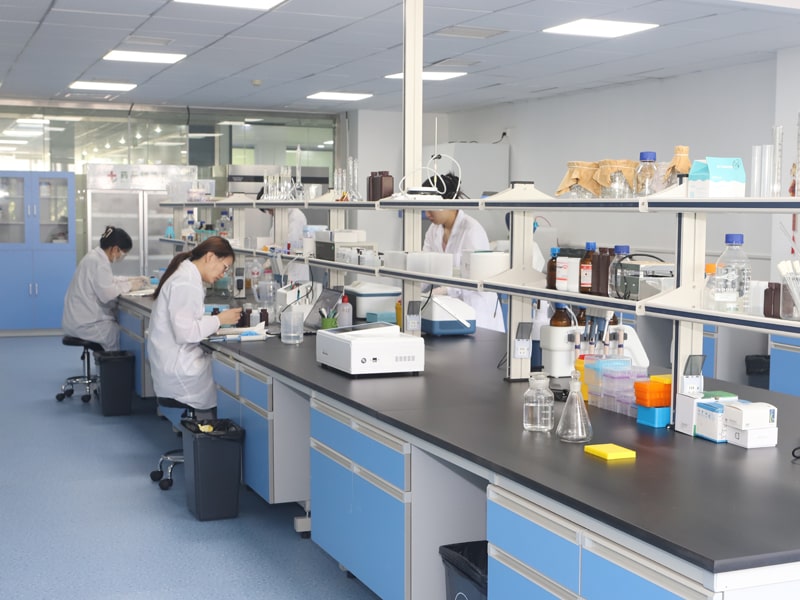The textile printing industry relies on high-performance lubricants to ensure the operation of machinery, while using a large amount of solvents for cleaning and printing. Hengmei Electronic Technology provides comprehensive solutions covering solvent moisture control, lubricant performance evaluation, and low-temperature flowability to meet the special needs of this industry, ensuring efficient operation of production equipment and stable product quality.

Core Instruments and Applications
HM-WS1 Karl Fischer Moisture Analyzer: Based on the principle of Coulomb analysis, the detection sensitivity is as high as 0.1 μ g H ₂ O, meeting standards such as GB/T606 and GB/T7376. The instrument is equipped with a fully sealed titration cell, which is particularly suitable for measuring the trace moisture content of printing solvents such as alcohols and ketones, to avoid ink emulsification caused by excessive solvent moisture.
HM-KR anti emulsification tester: equipped with German Pt100 temperature sensor and precision slide lifting system, with temperature control accuracy of ± 0.01 ℃. The four channel parallel design significantly improves the water separation detection efficiency of textile machinery lubricating oil, providing key data for equipment oil selection.
HM-NQ fully automatic pour point analyzer: using the air pressure method (ASTMD6749 standard), only 4.5mL of sample is needed to accurately measure the pour point in the range of+51 ℃ to -70 ℃. This instrument integrates semiconductor refrigeration technology and has a testing interval of 1 ℃, which can accurately evaluate the fluidity of lubricating grease in low-temperature environments.
Specific application scenarios
Quality control of printing solvents: The Karl Fischer moisture analyzer (HM-WS1) accurately controls the moisture content of solvents such as ethylene glycol and acetone to ≤ 0.1% (1000ppm) to avoid printing blurring caused by ink emulsification; Combined with a flash point tester (HM-KS) to ensure solvent storage safety.
Maintenance of lubrication system for high-speed textile machinery: The anti emulsification tester (HM-KR) evaluates the oil-water separation time of lubricating oil at 54 ℃ (40-37-3mL mode), guiding the workshop to select lubricating oil with water separation performance that meets the standard; Cooperate with the oil particle counter (HM-YZ10) to monitor wear particles in real-time and prevent abnormal bearing wear.
Performance guarantee of lubricating grease in low temperature environment: In cold area factories, the pour point analyzer (HM-NQ) accurately measures the pour point of lubricating grease (with repeatability of ± 1 ℃), ensuring that the lubrication system starts normally in low temperature environment; Regularly monitor oil rancidity using an acid value analyzer.
Advantages and Value of the Plan
The unique advantage of this solution lies in its high-throughput testing capability and the requirement for small sample sizes. The four channel parallel design of the anti emulsification analyzer improves detection efficiency by 300%, and the pour point analyzer only requires 4.5mL of sample to complete the test, significantly reducing detection costs. After system application, the defect rate of printed products can be reduced by 25%, and equipment lubrication failures can be reduced by 40%. The instrument supports switching between Chinese and English interfaces to meet the standardized management needs of multinational textile enterprises. Real time output of detection reports through thermal printers to achieve rapid decision-making on production sites
Article address:https://www.petrocheminstrum.com/list_27/29.html








